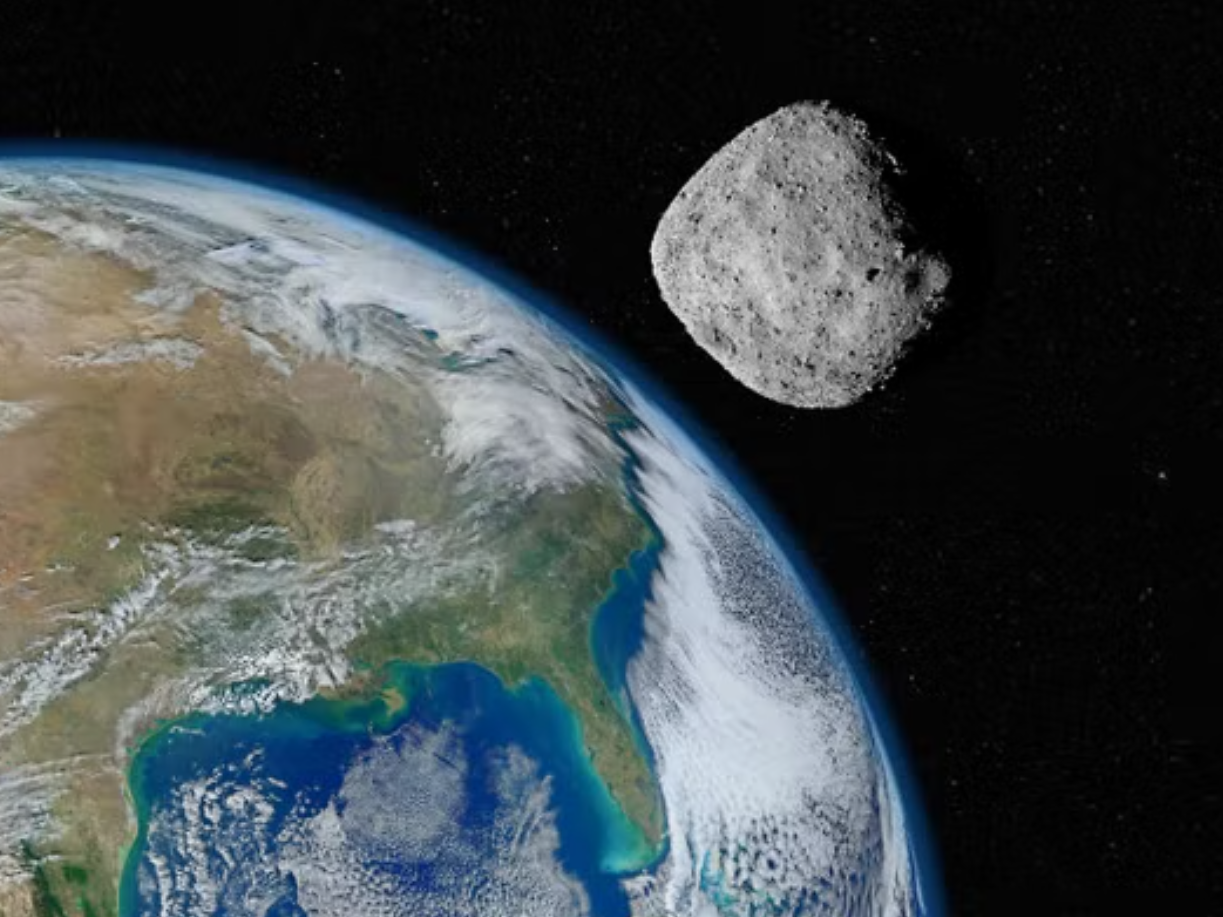Asteroid 2023 BU live stream: How to watch object as it makes ‘near miss’ of Earth
Nasa says it is fourth closest approach of an asteroid since records began

Your support helps us to tell the story
From reproductive rights to climate change to Big Tech, The Independent is on the ground when the story is developing. Whether it's investigating the financials of Elon Musk's pro-Trump PAC or producing our latest documentary, 'The A Word', which shines a light on the American women fighting for reproductive rights, we know how important it is to parse out the facts from the messaging.
At such a critical moment in US history, we need reporters on the ground. Your donation allows us to keep sending journalists to speak to both sides of the story.
The Independent is trusted by Americans across the entire political spectrum. And unlike many other quality news outlets, we choose not to lock Americans out of our reporting and analysis with paywalls. We believe quality journalism should be available to everyone, paid for by those who can afford it.
Your support makes all the difference.A van-sized asteroid is set to skim past Earth tonight, coming closer than the orbit of most satellites.
Nasa calculates that Asteroid 2023 BU will come within 9,980km (6,200 miles) just after midnight on Thursday, with its lowest altitude expected at 12.27am GMT on Friday.
It is the fourth closest approach of an asteroid since records began, according to the US space agency, and several amateur astronomers have set up live streams offering a chance to follow its progress across the sky.
The Virtual Telescope Project will broadcast the live event from 7.15pm GMT on Thursday, which will be available on its popular YouTube channel here.
The proximity to Earth of the asteroid, which measures roughly five metres in diameter, means that its trajectory through space will be affected by our planet’s gravitational pull.
“Before encountering Earth, the asteroid’s orbit around the Sun was roughly circular, approximating Earth’s orbit, taking 359 days to complete its orbit about the Sun,” Nasa said in a statement.
“After its encounter, the asteroid’s orbit will be more elongated, moving it out to about halfway between Earth’s and Mars’ orbits at its farthest point from the Sun. The asteroid will then complete one orbit every 425 days.”
Should astronomers’ calculations be off and Asteroid 2023 BU is in fact heading directly for Earth, there is still very little risk as asteroids of that size typically burn up in the atmosphere before reaching the ground.
The asteroid, which was only discovered on 21 January, is one of five currently being tracked by Nasa on its Asteroid Watch Dashboard in the coming days, with Asteroid 2023 BL2, Asteroid 2020 BZ14, Asteroid 2023 BC and Asteroid 2022 SO113 also predicted to come relatively close to Earth.
The largest of the asteroids – Asteroid 2022 SO133 – measures 70m in diametre but its approach will likely be more than 4 million kilometres from Earth.

Join our commenting forum
Join thought-provoking conversations, follow other Independent readers and see their replies
Comments